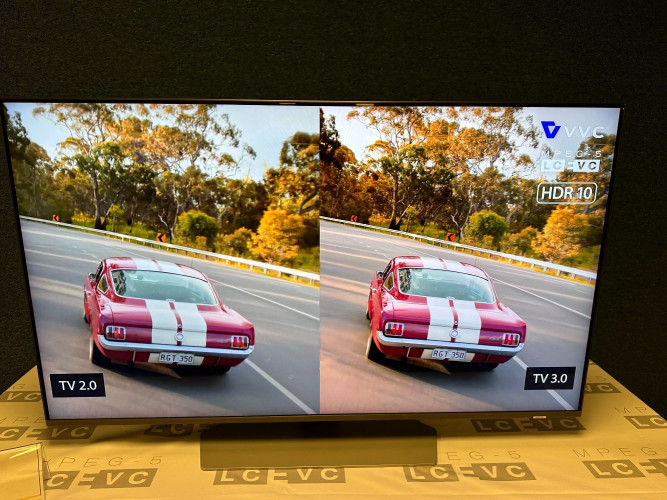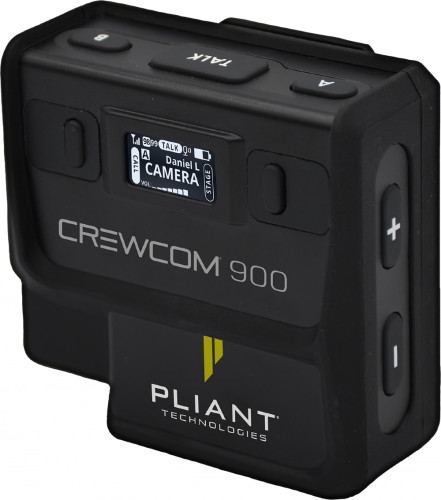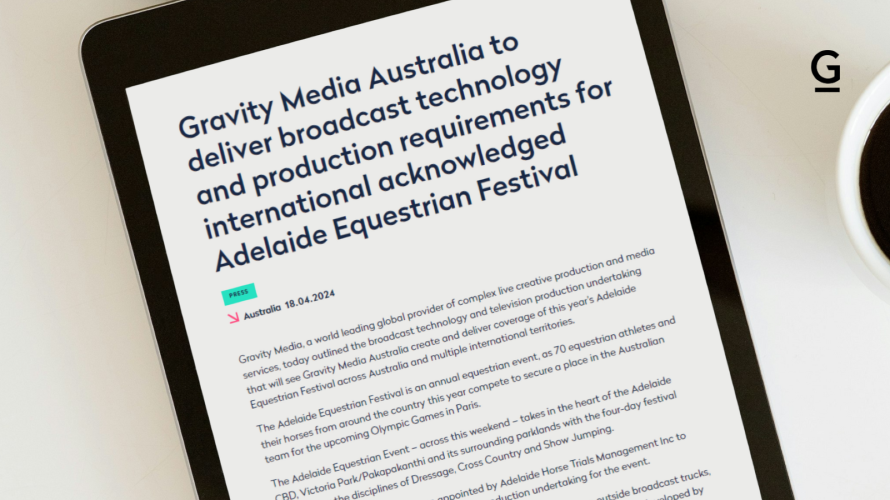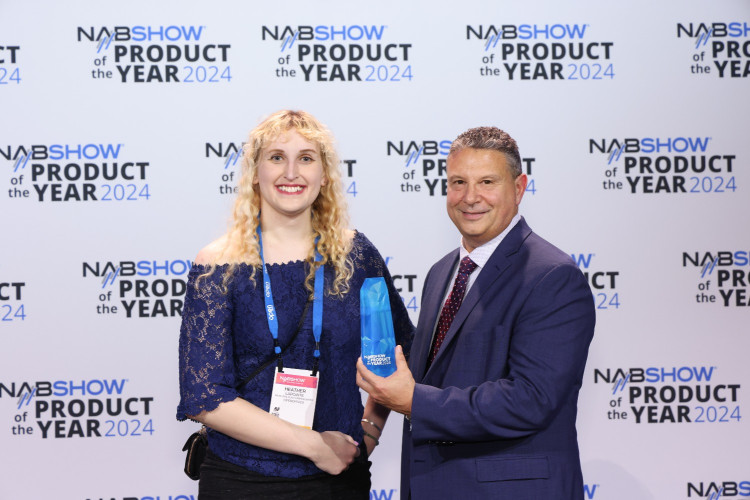by Lorna Garrett
Issue 81 - September 2013 It might sound cliche, but it is definitely true: the news never sleeps. With a third of the year still left, 2013 has already seen a host of events that have captured the worlds attention. From the anticipation of a royal baby to the devastation of hurricanes, tornados and bombings, from encounters on the sports fields to clashes on the battlefields, whatever is happening, the world expects to see it as it plays out. Not only do viewers want it live, they want to be provided with a host of peripheral information: reactions, history, opinions, instructions, and statistics.
One technology helping to meet this demand for immediate news is portable cellular 3/4G video uplinking. Broadcasters and online media outlets are using a range of devices from backpacks to smartphones to capture broadcast-quality video that is transmitted in high or standard definition instantly from any location. For those needing to be moving or on scene quickly and who don\'t have a reliable fixed link or cannot afford one this is the solution. The pioneer developer in this field has been US-based LiveU.
BBC News has been using video-over-cellular technology for several years with units now deployed across the UK. To further enhance its global newsgathering abilities, we recently assisted the broadcaster in expanding its use of the technology into several other countries. BBC News uses video uplinking units over a variety of networks, including 4G/LTE.
Numerous other global news agencies have been using LiveUs units to bring coverage to viewers of events the scale of Hurricane Sandy, the Boston bombing, and the aftermath of the Oklahoma tornado.
On a small side street in London, hundreds of media outlets spent days camped out around a hospital to claim a space from which to announce the birth of the Duke and Duchess of Cambridges first child. While most media outlets were limited in their movements because they had to stay in the line of sight of their satellite trucks, UK production company Kickoff TV Productions Ltd, used a LiveU LU40S that let them move around the area. The result: much more compelling and innovative coverage, including numerous man-on-the-street interviews.
For global broadcasters, high-quality content from foreign bureaus needs to be relayed back to the home studio fast. Point-to-point contribution encoders and decoders are a cost-effective solution, with companies such as Teracue, NTT, VBrick and Media Excel continuously making improvements to their offerings to meet the changing demands and opportunities.
Hosting a live event is another way the global audiences thirst for immediate news and entertainment is being fed. Meeting this demand are the technologies providing reliable, high-quality web streaming platforms from such providers as Allegro, Media Excel, and Cisco.
The sports industry has taken advantage of both video-over-cellular technology and web streaming to build their audience by providing expanded coverage for fans. British Eurosport intercuts a range of UK-specific content with its overall Eurosport feed. Viewer experience of such events as the French Open tennis, MCE British Superbikes, Masters Snooker, and the Tour de France has been enhanced with player interviews, practice match coverage and personal moments.
We have worked closely with several Premiership football clubs to provide live video coverage of matches at home and abroad, including coverage of several pre-season tours of the Far East and America this summer. LiveU\'s cellular uplinking technology has proven a real advantage to just \'pitch up and stream,\' cutting preparation time and cost. In addition, pre- and post-match interviews with managers and players are being transmitted, often using portable H264 HD contribution links, an encoder at the ground and decoder in the editing studio. Sports franchises have been offering this live content on their websites. The result is enhanced communication with fans. The many recent advancements in streaming technologies have been a boon to the live web-streaming industry in general, where budgets can be tight. Performing artists are streaming video and thus enhancing their exposure. Corporations are streaming live training and product introductions. Religious and educational institutions are reaching distant audiences. Government agencies are using live video when it is critical for survival or security. For example, first responders can be alerted to details of accident scenes, while law enforcement agencies can monitor situations live to know when back-up support is needed.
Looking to enhance its online live video presence for its news, sports, political, and entertainment content, Telegraph Media has invested in the technology needed to expand its live online video coverage for its audience, including cellular uplinking, contribution links and web streaming. This investment lets the media outlet broadcast not only to its website, but also to its audience using mobile devices such as iPads and iPhones.
As the world continues to demand that its nearly insatiable need for live news and entertainment be fed, the good news is this: the technology is keeping pace.




































